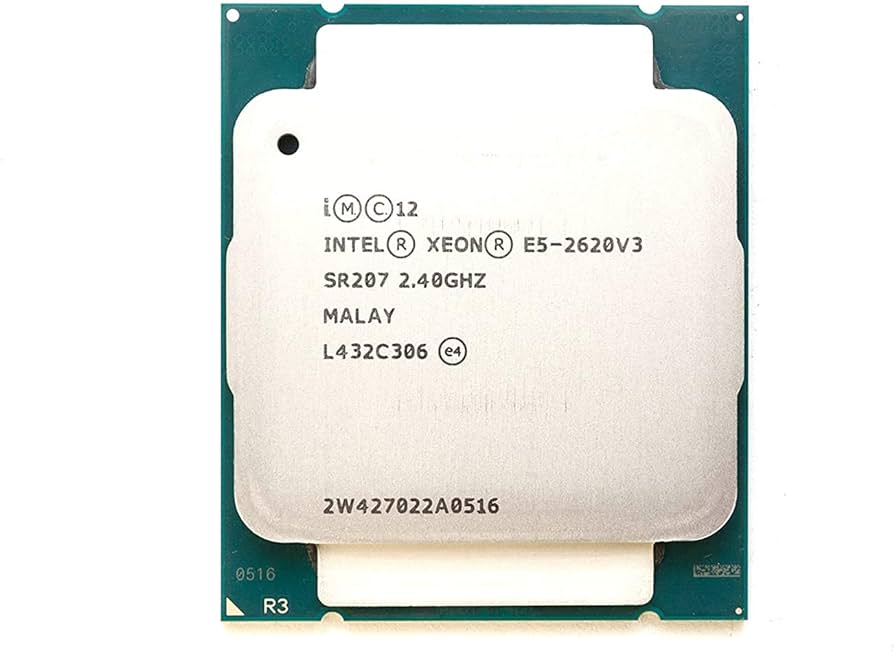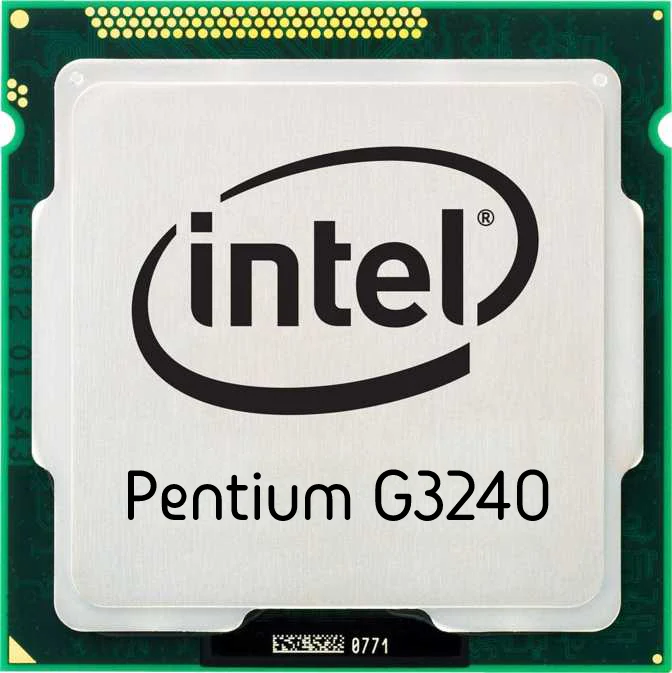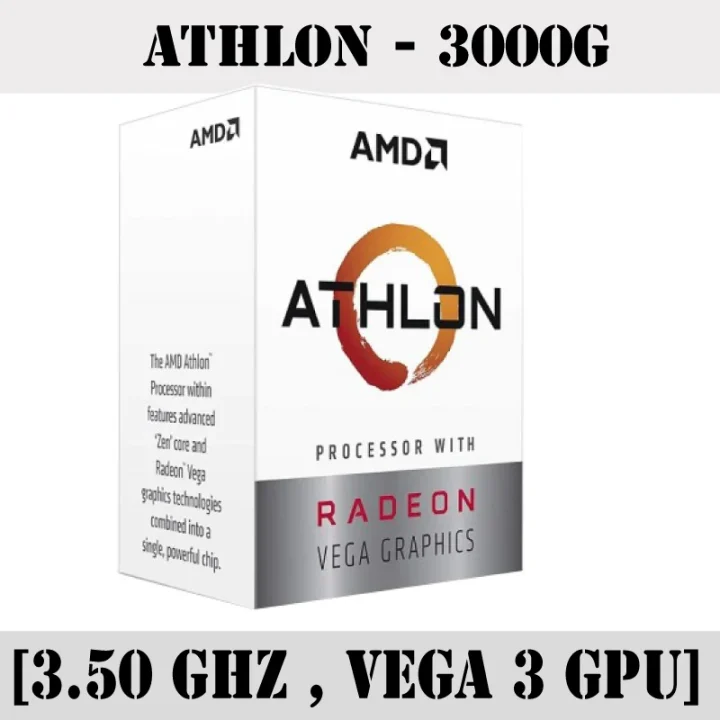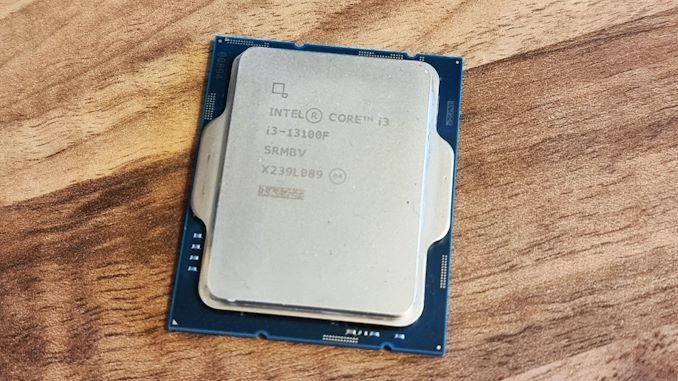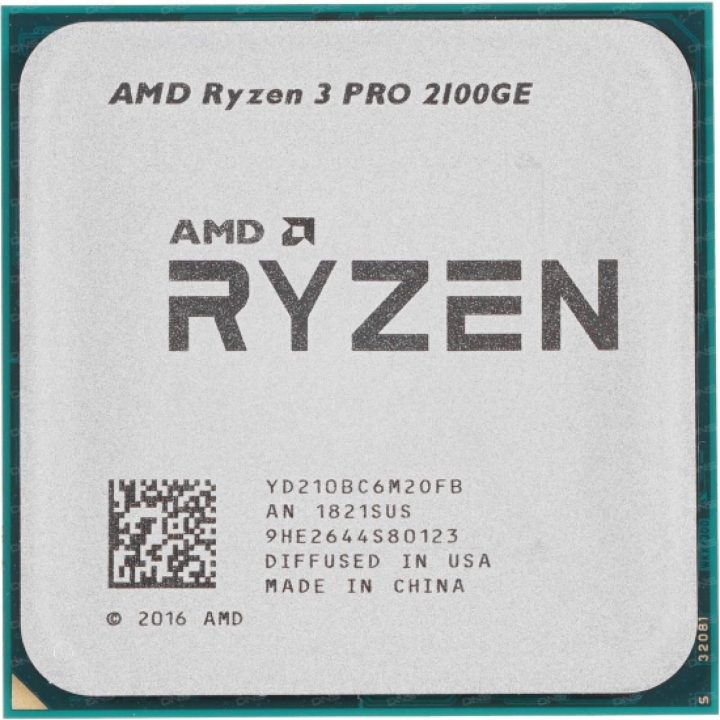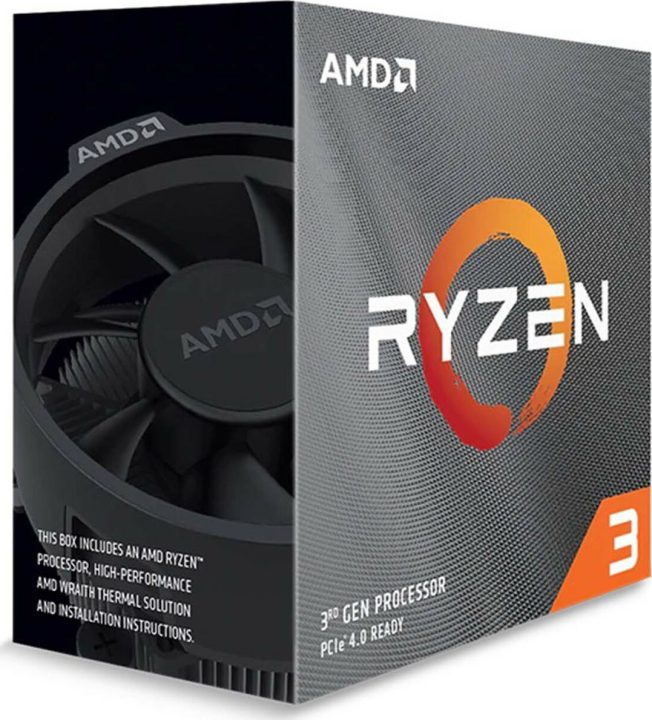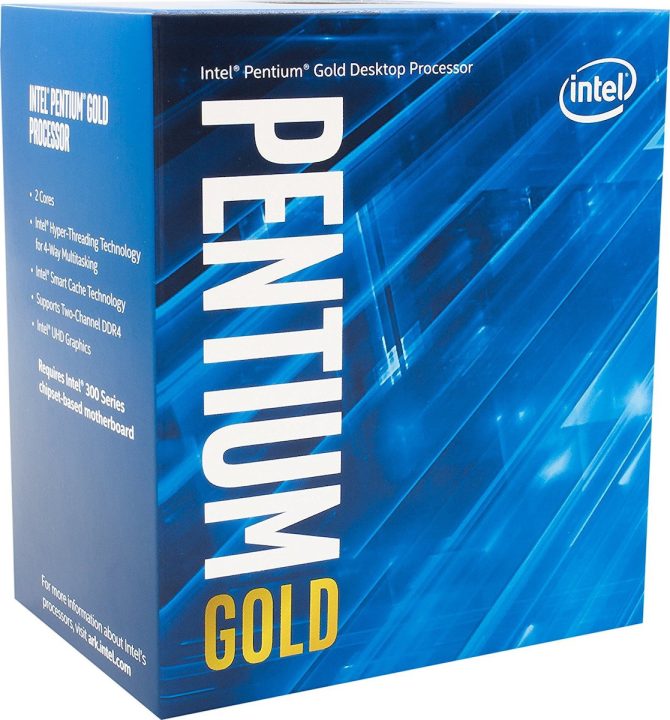From Benchmarks to Real-World Performance: Evaluating the Intel Xeon E5-2620 V3 Processor
Key Takeaways
- The Intel Xeon E5-2620 V3 Processor offers high performance and reliability for enterprise-grade applications.
- Benchmark performance provides a theoretical measure of the processor’s capabilities, but real-world applications require workload-specific benchmarks for accurate assessment.
- Power efficiency and thermal considerations are important factors to consider when evaluating the Xeon E5-2620 V3 for deployment in data centers or other high-density computing environments.
- Scalability and multi-threaded performance are key strengths of the Xeon E5-2620 V3, making it well-suited for demanding workloads and parallel processing tasks.
- When comparing the Xeon E5-2620 V3 to competing processor options, it’s important to consider not only benchmark performance, but also real-world needs and application-specific requirements.
Introduction to the Intel Xeon E5-2620 V3 Processor
The Intel Xeon E5-2620 V3 is a powerful processor that has carved out a significant niche in the enterprise and data center computing landscape. As part of the Xeon E5 family, this processor offers a compelling balance of performance, power efficiency, and enterprise-grade features, making it a popular choice for a wide range of workloads. In this comprehensive evaluation, we’ll delve into the key characteristics of the Xeon E5-2620 V3, exploring its benchmark performance, real-world application capabilities, power efficiency, and scalability, among other crucial aspects.
The Xeon E5-2620 V3 is a mid-range processor within the Xeon E5 lineup, positioned to serve the needs of organizations that require robust computing power without the premium price tag of higher-end models. With six cores, twelve threads, and a base clock speed of 2.4 GHz, this processor delivers a solid foundation for a variety of enterprise-level workloads, from web hosting and data analysis to scientific computing and virtualization. Its architectural design, which is based on Intel’s Haswell microarchitecture, provides a balance of performance, energy efficiency, and advanced features that make it a compelling choice for modern data center and IT infrastructure deployments.
Benchmark Performance: Measuring Theoretical Capabilities
Evaluating the performance of a processor often begins with synthetic benchmark tests, which provide a standardized and controlled environment to measure the theoretical capabilities of the hardware. These benchmarks offer valuable insights into the processor’s raw computational power, memory bandwidth, and other key metrics, allowing for direct comparisons across different CPU models and architectures.
When examining the Xeon E5-2620 V3’s performance in synthetic benchmarks, the processor demonstrates a strong showing across a range of test scenarios. In single-threaded workloads, the Xeon E5-2620 V3 delivers impressive results, showcasing its ability to efficiently handle tasks that are not heavily parallelized. However, the processor truly shines in multi-threaded benchmarks, where its six cores and twelve threads allow it to leverage the benefits of parallel processing and deliver exceptional performance. This is particularly evident in benchmarks that simulate real-world workloads, such as scientific computing, data analysis, and media encoding, where the Xeon E5-2620 V3’s core count and hyper-threading capabilities provide a significant advantage.
While the Xeon E5-2620 V3’s benchmark performance is undoubtedly impressive, it’s important to note that these synthetic tests only provide a partial picture of the processor’s capabilities. Real-world application performance can be influenced by a wide range of factors, including system architecture, memory subsystem, and software optimization, which is why it’s crucial to also evaluate the processor’s performance in the context of specific workloads and use cases.
Workload-Specific Benchmarks: Assessing Real-World Applications
Assessing a processor’s performance in the context of real-world applications is essential for understanding its true capabilities and suitability for various enterprise and data center environments. By evaluating the Xeon E5-2620 V3’s performance in specific workloads, we can gain a deeper understanding of how it will perform in the day-to-day tasks and mission-critical applications that organizations rely on.
One area where the Xeon E5-2620 V3 excels is in web hosting and content delivery scenarios. Its balanced performance and efficient power consumption make it an excellent choice for powering web servers and content delivery networks, where it can handle a large number of concurrent client connections and serve dynamic content with minimal latency. Additionally, the processor’s strong performance in data analysis and scientific computing benchmarks suggests that it is well-suited for workloads that involve complex mathematical calculations, simulations, and data processing tasks.
In virtualized environments, the Xeon E5-2620 V3 demonstrates its ability to effectively support multiple virtual machines (VMs) running a diverse range of applications. Its support for advanced virtualization features, such as Intel Virtualization Technology (Intel VT) and Intel Trusted Execution Technology (Intel TXT), ensures that it can provide a secure and reliable foundation for virtualized infrastructure, making it a compelling choice for organizations looking to consolidate their IT resources and improve overall efficiency.
While the Xeon E5-2620 V3 may not be the absolute performance leader in every single workload, its well-rounded capabilities and balanced performance across a wide range of real-world applications make it a versatile and compelling choice for many enterprise and data center environments. By carefully evaluating the processor’s performance in the specific workloads and use cases that are most relevant to an organization’s needs, decision-makers can make informed choices about the suitability of the Xeon E5-2620 V3 for their unique requirements.
Power Efficiency and Thermal Considerations
| Metrics | Results |
|---|---|
| CPU Model | Intel Xeon E5-2620 V3 |
| Number of Cores | 6 |
| Number of Threads | 12 |
| Base Clock Speed | 2.4 GHz |
| Max Turbo Frequency | 3.2 GHz |
| L3 Cache | 15 MB |
| Memory Type | DDR4-2133 |
| Memory Channels | 4 |
| Max Memory Bandwidth | 68.3 GB/s |
In today’s data center and enterprise computing landscape, power efficiency and thermal management have become increasingly important factors when selecting server hardware. The Xeon E5-2620 V3 processor demonstrates a strong focus on energy efficiency, with a thermal design power (TDP) rating of 85 watts, which is relatively low for a six-core, twelve-thread processor.
This power-efficient design translates to several key benefits for organizations deploying the Xeon E5-2620 V3. First and foremost, the processor’s lower power consumption helps to reduce overall data center energy costs, contributing to a more sustainable and environmentally-friendly IT infrastructure. Additionally, the Xeon E5-2620 V3’s thermal characteristics make it easier to cool and integrate into a variety of server and rack designs, reducing the need for extensive cooling infrastructure and allowing for more compact and efficient system configurations.
When compared to competing processor options in the same market segment, the Xeon E5-2620 V3 stands out for its impressive energy efficiency. Its power consumption and thermal characteristics are often superior to those of comparable processors, making it a more attractive choice for organizations that prioritize energy efficiency and cost-effective data center operations.
Furthermore, the Xeon E5-2620 V3’s power efficiency and thermal management capabilities have implications for system reliability and longevity. By generating less heat and operating within tighter thermal envelopes, the processor can help to extend the lifespan of server components and reduce the risk of hardware failures, ultimately contributing to a more stable and dependable IT infrastructure.
Scalability and Multi-Threaded Performance
One of the key strengths of the Xeon E5-2620 V3 processor is its ability to scale and effectively leverage multiple cores and threads for improved performance in parallel workloads. With six physical cores and twelve logical threads, the processor is well-equipped to handle a wide range of applications that can take advantage of increased core count and hyper-threading capabilities.
In workloads that are heavily parallelized, such as scientific computing, data analysis, and media encoding, the Xeon E5-2620 V3 demonstrates exceptional performance. Its ability to distribute tasks across multiple cores and efficiently manage thread-level parallelism allows it to deliver significant performance gains compared to single-threaded or less scalable processors.
Furthermore, the Xeon E5-2620 V3’s scalability extends beyond just core count. The processor’s memory subsystem, which includes support for DDR4 memory and a large shared cache, ensures that it can effectively feed its multiple cores with the necessary data and instructions, preventing bottlenecks and maximizing overall system throughput.
This scalability and multi-threaded performance make the Xeon E5-2620 V3 a compelling choice for organizations that require high-performance computing resources to tackle complex, data-intensive workloads. Whether it’s running simulations, processing large datasets, or accelerating media production workflows, the processor’s ability to scale and leverage parallel processing can provide a significant performance advantage over less scalable alternatives.
It’s important to note, however, that the benefits of the Xeon E5-2620 V3’s scalability and multi-threaded performance are largely dependent on the specific applications and workloads being executed. While the processor excels in highly parallelized scenarios, its performance may not be as pronounced in single-threaded or lightly threaded applications, where other factors, such as clock speed and architectural efficiency, may play a more significant role.
Memory Bandwidth and I/O Capabilities
The performance of a processor is not solely determined by its core count and clock speed; the memory subsystem and I/O capabilities also play a crucial role in overall system performance. The Xeon E5-2620 V3 processor is equipped with a robust memory and I/O architecture that helps to unlock its full potential in a variety of enterprise and data center workloads.
Regarding memory, the Xeon E5-2620 V3 supports DDR4 memory with a maximum speed of 2,133 MHz, providing a significant boost in memory bandwidth compared to previous-generation DDR3 memory. This increased memory performance helps to ensure that the processor’s multiple cores are consistently fed with the necessary data and instructions, reducing the risk of memory-related bottlenecks and enabling more efficient execution of memory-intensive tasks.
In addition to its memory capabilities, the Xeon E5-2620 V3 also offers a comprehensive set of I/O interfaces, including support for high-speed networking and storage technologies. The processor’s integrated PCI Express 3.0 lanes and support for technologies like Intel Ethernet, Intel Solid-State Drive Data Center Family, and Intel Optane memory, allow for seamless integration with a wide range of enterprise-grade hardware components and peripherals.
These memory and I/O capabilities are particularly important in data-centric workloads, where the efficient movement and processing of large amounts of data is crucial. Applications such as big data analytics, high-performance computing, and virtualized environments can benefit significantly from the Xeon E5-2620 V3’s ability to provide ample memory bandwidth and high-speed I/O connectivity, ensuring that the processor’s computational power is not constrained by data access or transfer limitations.
By carefully balancing the processor’s core performance, memory subsystem, and I/O capabilities, the Xeon E5-2620 V3 is able to deliver a well-rounded and versatile computing platform that can adapt to a wide range of enterprise and data center requirements, from memory-intensive tasks to high-throughput I/O-bound workloads.
Enterprise-Grade Features and Reliability
Beyond its raw performance capabilities, the Xeon E5-2620 V3 processor is also equipped with a suite of enterprise-class features and reliability enhancements that make it a compelling choice for mission-critical applications and environments.
One of the key enterprise-grade features of the Xeon E5-2620 V3 is its advanced security capabilities, including support for Intel Trusted Execution Technology (Intel TXT) and Intel Virtualization Technology (Intel VT). These features provide hardware-based security mechanisms that help to protect against malware, unauthorized access, and other security threats, making the processor well-suited for deployment in highly secure and regulated environments.
Additionally, the Xeon E5-2620 V3 incorporates error-correcting memory (ECC) support, which helps to detect and correct memory errors, improving the overall reliability and data integrity of the system. This is particularly important in enterprise and data center settings, where data loss or corruption can have significant consequences.
The processor also offers advanced remote management and monitoring capabilities through Intel’s Intelligent Platform Management Interface (IPMI) and Intel Active Management Technology (Intel AMT). These features enable IT administrators to remotely monitor, diagnose, and manage the server hardware, reducing the need for on-site intervention and improving the overall efficiency of data center operations.
In terms of reliability, the Xeon E5-2620 V3 is designed to withstand the rigors of enterprise-grade computing environments. Its robust thermal management, power delivery, and component-level quality help to ensure a high level of stability and uptime, making it a suitable choice for mission-critical applications that require continuous availability and minimal downtime.
By combining its performance capabilities with enterprise-grade features and reliability enhancements, the Xeon E5-2620 V3 processor emerges as a compelling option for organizations that demand a balance of computing power, security, and operational efficiency in their server and data center infrastructure.
Comparative Analysis: Competing Processor Options
When evaluating the Xeon E5-2620 V3 processor, it’s important to consider how it stacks up against competing options in the same market segment. This comparative analysis can help organizations make informed decisions about the most suitable processor for their specific needs and requirements.
One of the primary competitors to the Xeon E5-2620 V3 is the AMD EPYC 7302P, a 16-core processor that offers a higher core count and increased parallel processing capabilities. While the EPYC 7302P may outperform the Xeon E5-2620 V3 in heavily parallelized workloads, the Intel processor maintains an advantage in single-threaded and lightly threaded applications, as well as in areas such as power efficiency and enterprise-grade features.
Another alternative to the Xeon E5-2620 V3 is the Intel Xeon Gold 5218, a more recent and higher-performance processor within the Xeon lineup. The Xeon Gold 5218 boasts a higher core count, faster clock speeds, and enhanced architectural features, making it a stronger performer in certain workloads. However, the Xeon E5-2620 V3 may still be a more cost-effective option for organizations that don’t require the absolute highest levels of performance.
When comparing the Xeon E5-2620 V3 to these competing processors, organizations must carefully consider factors such as the specific workloads they need to support, their budget constraints, power and cooling requirements, and the importance of enterprise-grade features and reliability. The trade-offs between core count, clock speed, power efficiency, and feature set will ultimately determine the most suitable processor for a given deployment scenario.
By thoroughly evaluating the Xeon E5-2620 V3 against its competitors, decision-makers can make informed choices that align with their organization’s unique computing needs and priorities, ensuring that the selected processor delivers the optimal balance of performance, efficiency, and enterprise-class capabilities.
Balancing Benchmarks and Real-World Needs
In the ever-evolving landscape of enterprise and data center computing, the Intel Xeon E5-2620 V3 processor has emerged as a compelling option that strikes a balance between benchmark performance and real-world application needs. Through our comprehensive evaluation, we’ve explored the key characteristics and capabilities of this mid-range Xeon processor, highlighting its strengths and identifying the areas where it excels.
The Xeon E5-2620 V3’s performance in synthetic benchmarks is undoubtedly impressive, showcasing its ability to deliver robust computational power and efficiently handle a wide range of workloads. However, as we’ve emphasized throughout this analysis, the true measure of a processor’s suitability lies in its real-world application performance, where factors such as system architecture, memory subsystem, and software optimization play a crucial role.
In this regard, the Xeon E5-2620 V3 has demonstrated its versatility, delivering strong performance across a diverse set of enterprise and data center workloads, from web hosting and data analysis to virtualization and scientific computing. Its balanced core count, hyper-threading capabilities, and efficient power consumption make it a compelling choice for organizations that require a reliable and scalable computing platform to support their mission-critical applications.
Beyond its raw performance, the Xeon E5-2620 V3 also boasts a suite of enterprise-grade features and reliability enhancements, including advanced security, error-correcting memory, and remote management capabilities. These attributes further solidify the processor’s suitability for deployment in mission-critical environments, where uptime, data integrity, and operational efficiency are of paramount importance.
When evaluating the Xeon E5-2620 V3 against competing processor options, it becomes clear that the choice ultimately depends on the specific needs and priorities of the organization. While the Xeon E5-2620 V3 may not be the absolute performance leader in every scenario, its well-rounded capabilities and balanced approach make it a compelling option for a wide range of enterprise and data center use cases.
In conclusion, the Intel Xeon E5-2620 V3 processor represents a compelling blend of benchmark performance and real-world application capabilities, offering organizations a versatile and reliable computing platform that can adapt to the evolving demands of modern enterprise and data center environments. By carefully considering both the theoretical and practical aspects of processor performance, decision-makers can make informed choices that align with their organization’s unique computing requirements and priorities.
FAQs
What is the Intel Xeon E5-2620 V3 processor?
The Intel Xeon E5-2620 V3 processor is a server-grade CPU designed for data center and enterprise applications. It is part of Intel’s Xeon E5 v3 family, based on the Haswell microarchitecture.
What are benchmarks and how are they used to evaluate processor performance?
Benchmarks are standardized tests used to measure the performance of computer hardware, including processors. They typically involve running a series of tasks or simulations to assess the speed and efficiency of the hardware. Benchmarks provide a way to compare the performance of different processors under the same conditions.
How does real-world performance differ from benchmark performance?
Real-world performance refers to how a processor performs in actual applications and workloads, such as data processing, virtualization, and database management. It may differ from benchmark performance, which is based on synthetic tests, as real-world performance takes into account the specific tasks and software environments that the processor will be used for.
What factors should be considered when evaluating the performance of the Intel Xeon E5-2620 V3 processor?
When evaluating the performance of the Intel Xeon E5-2620 V3 processor, factors such as clock speed, core count, cache size, memory bandwidth, and power efficiency should be considered. Additionally, real-world workloads and applications relevant to the intended use case should be taken into account.
What are some common real-world applications for the Intel Xeon E5-2620 V3 processor?
The Intel Xeon E5-2620 V3 processor is commonly used in data center and enterprise environments for tasks such as virtualization, cloud computing, high-performance computing, and database management. It is also suitable for running complex simulations, scientific computing, and financial modeling.
